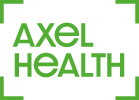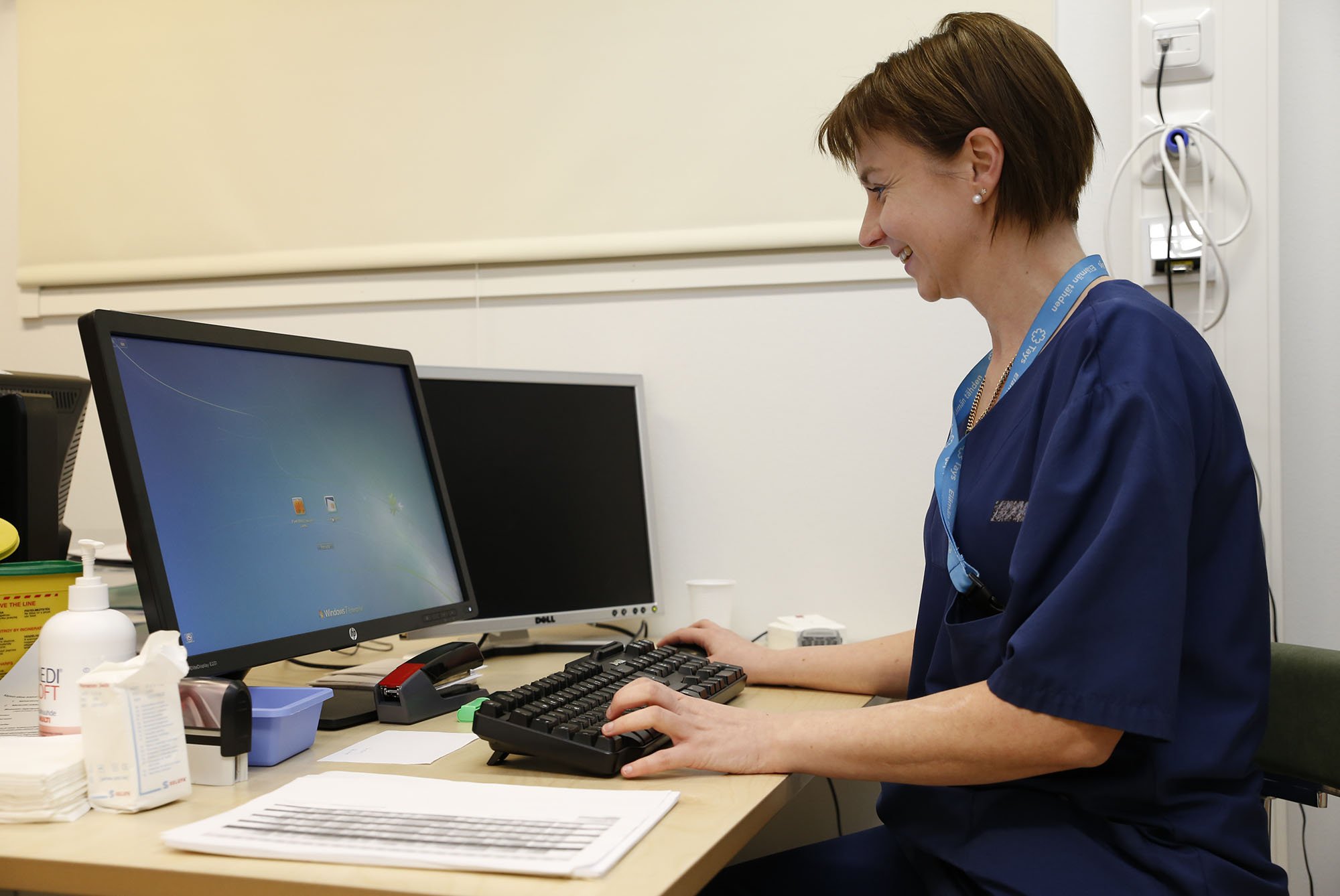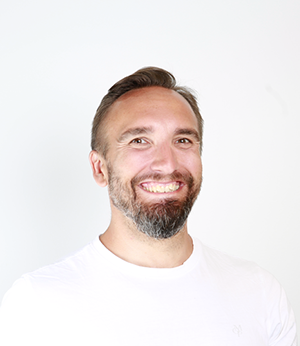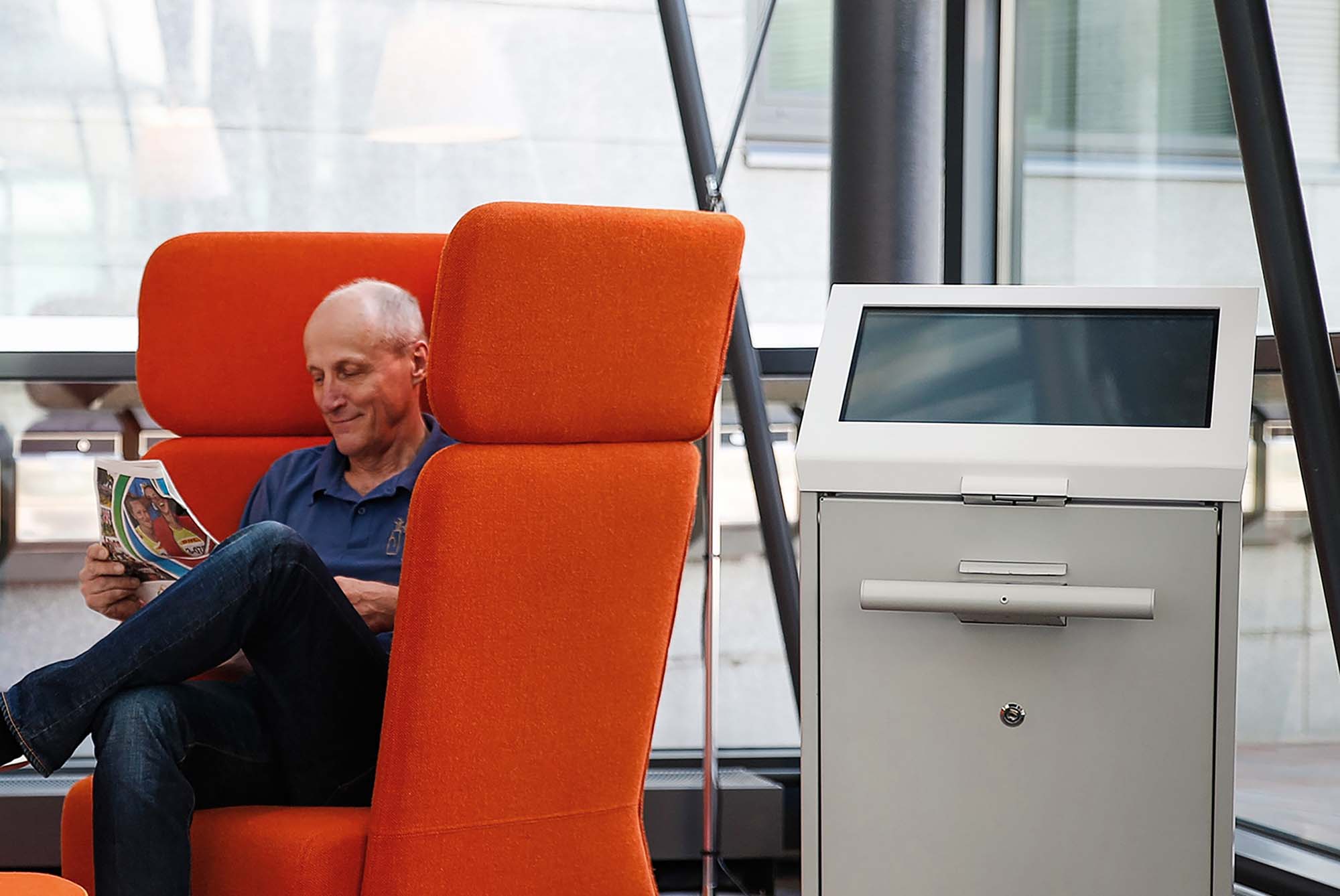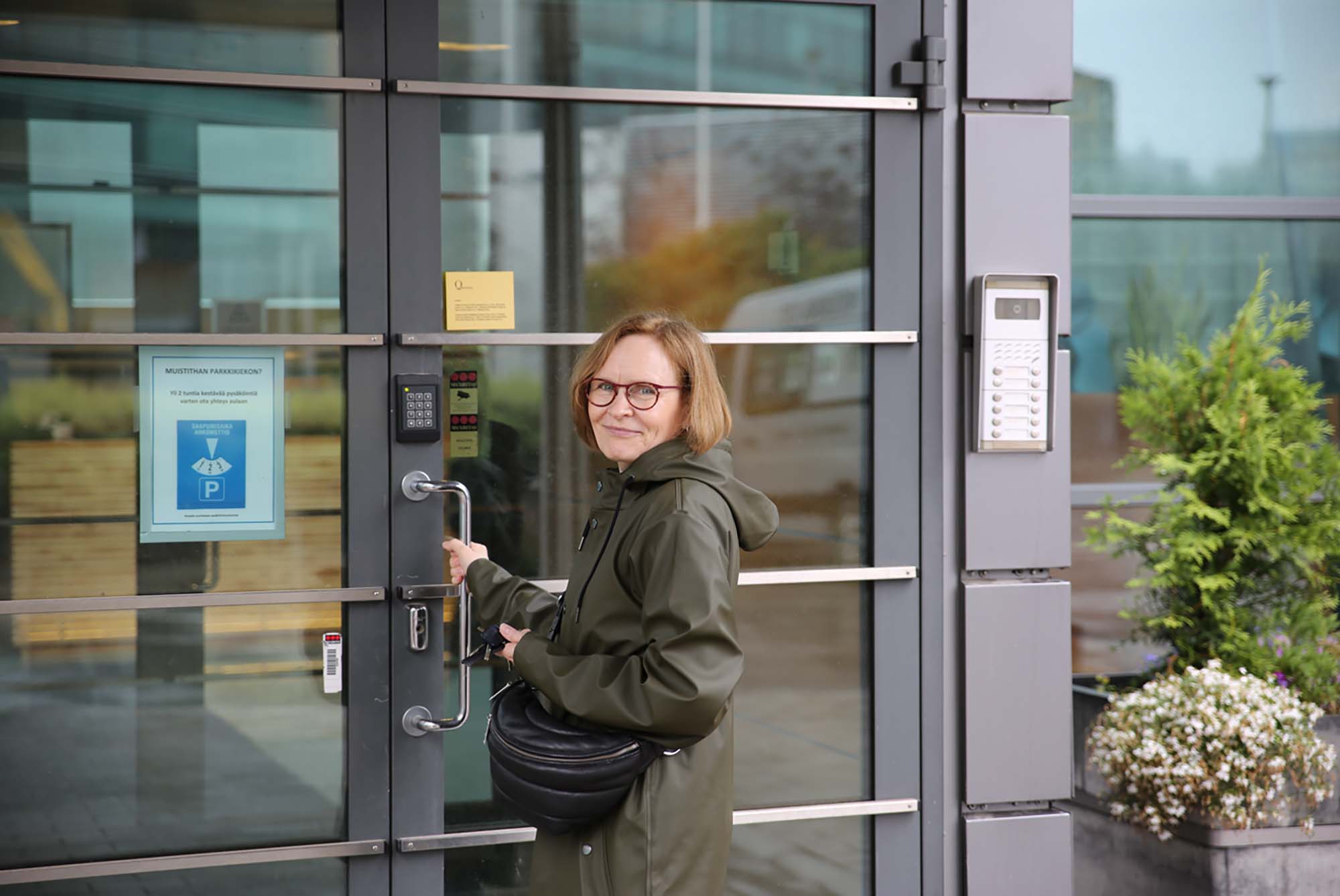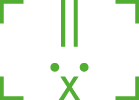In my previous blog post, I introduced you to the benefits of self service at the front desk, where patients check in, fill out their patient history forms, and pay their invoices. This time, I’ll focus on improving the efficiency of healthcare processes by reducing idle time - and on explaining the calculations involved.
Thanks to Axel, healthcare professionals know where the patient is at any given time. The system indicates whether the patient can be called in for treatment or not. What kind of situations in the patient flow then cause idle time? The efficiency of healthcare processes is reduced, for example, by patients who arrive late to their appointments, patients who are in a completely wrong place, or patients who have ignored the call in. In addition, idle time in the patient flow is produced by patients who, for example, visit the diagnostic side in between or the so-called no-show patients, that is, individuals who miss their appointment altogether.
Let’s start our calculations with a few enlightened assumptions:
- The average monthly cost per healthcare professional (such as nurse, doctor, physiotherapist, dentist, psychologist, or other specialist), excluding the allocation of overheads, is approximately EUR 5,000 x 26.5% non-wage labor cost = EUR 6,325. The hourly cost of this is about 40 euros.
- On average, 17% of our customers' patients arrive late at their appointment. The average delay is about 4 minutes.
- We have a variety of units from large university hospitals to small health centers as our customers, so it is difficult to give an average estimate of how many patients visit multiple locations during a single visit - for example, first a patient has an appointment, then a visit to a laboratory, and finally another appointment. In addition, our services are also widely used in patient guidance in emergency clinics, where the number of X-ray and laboratory examinations is typically high during the visit. This time, however, let’s exclude these kind of operations from our calculations. However, let’s assume that an examination is done to 20% of patients during their visit. It’s difficult, if not impossible, to reserve an appointment for the latter, so the doctor will have to monitor both the referral system and the lobby. The average idle time per patient is 4 minutes.
- 7% of patients don’t hear when the healthcare professional calls them in at the door for the first time. The reasons are human - the patient may be focused on other things and doesn’t hear or notice the call in at all. The impacts of individual cases on the organization are inconspicuous, but in large quantities their impact becomes quite significant. Idle time per patient: 4 minutes.
- The no-show percentages at our customers' healthcare units range from 1.2% to 14.1%. In this calculation, we don’t take into account the corona pandemic period when the no-show percentages, according to our customers, have started to skyrocket. The figure used for this calculation is 8% and the time lost is 8 minutes per patient. Thus, in practice, for every 50 patients, 4 patients don’t arrive at their appointment at all.
- The average time allocated for an individual visit, including switching times, is 20 minutes.
- Let’s use the same hypothetical healthcare unit as in my previous blog post as an example. The unit has 10 treatment rooms, the unit is open 10 hours a day, and treating one patient takes an average of 20 minutes including switching times. This means 300 patients per day (10 x 10 x 60) / 20 = 300).
How could we then reduce idle time with transparency and patient location information? At its simplest, by letting the healthcare professional to know if the patient can be called in (that is, if the patient has arrived at the healthcare unit and is in the right lobby) and allowing the professional to decide which patient on their work list can be called in next. Axel also offers other functionalities that can further reduce the idle time: the same professional can handle two appointment lists / queues or call in patients from shared queues as well. Instead of calling in a patient at the treatment room door, call ins can be also delivered directly to patients’ mobile phones or be shown on info displays in the lobbies. In addition, reminder text messages about appointments further reduce no-show cases.
Let's conduct another savings calculation. The above problems can be solved as follows:
- Instead of waiting for patients who arrive late at their appointments, the healthcare professional can call in a patient who has arrived ahead of time and is already waiting in the lobby (reduces the idle time caused by late arrivals 17% → 5%).
- Waiting for the results of patients returning from diagnostics + monitoring the lobby, 4 minutes: This step can be removed from the calculations completely, as there is no need to spend time on this – the healthcare professionals have an up-to-date view of the situation all the time.
- Patients who do not hear the call-in: 7% → 4%
- Time spent on no-show patients, 10 minutes: This step can also be removed from the calculations completely. Since the professional is constantly up-to-date on their patients’ appointment statuses, in case of any late or no-show situations, the professional can call the next patient directly in. To be clear, no-show cases are still very expensive for the organization, as the missed appointment will have to be rescheduled to take place in the future in any case.
Our key finding so far is that before the changes, our example healthcare unit had 720 minutes of idle time per day. After the changes listed above, there was only 108 minutes left. On a daily basis, patient throughput has increased by 10.2%, which is a huge leap forward in terms of productivity.
Converted into cash, the 612-minute daily savings is 391 euros, which in turn multiplied by 260 working days a year (that is, when the clinic is open five days a week) turns the figure into an annual savings of 101,660 euros! We calculated the return on investment already in my previous blog post, and these benefits come on top of the benefits we calculated earlier.
Finally, a quick observation regarding no-show cases, that is, patients who don’t arrive at their appointments and whose prevalence among our customers varies between 1.2-14.1%. Reducing the number of no-show cases can have a significant impact on the throughput and efficiency of a healthcare unit. We will look into this in more detail later. Would you like to streamline the patient flow management in your organization? Learn more how you can improve patient flow management with the help of Axel Encounter today.
